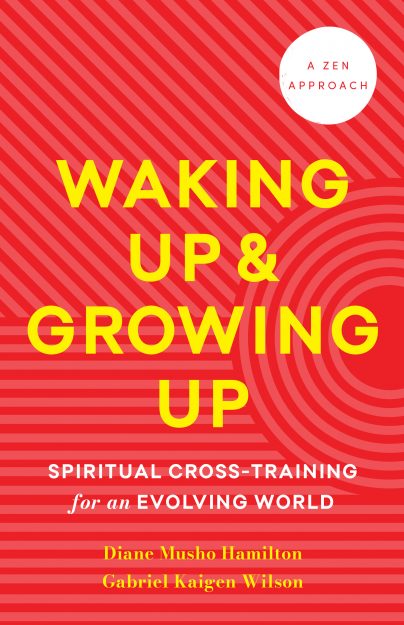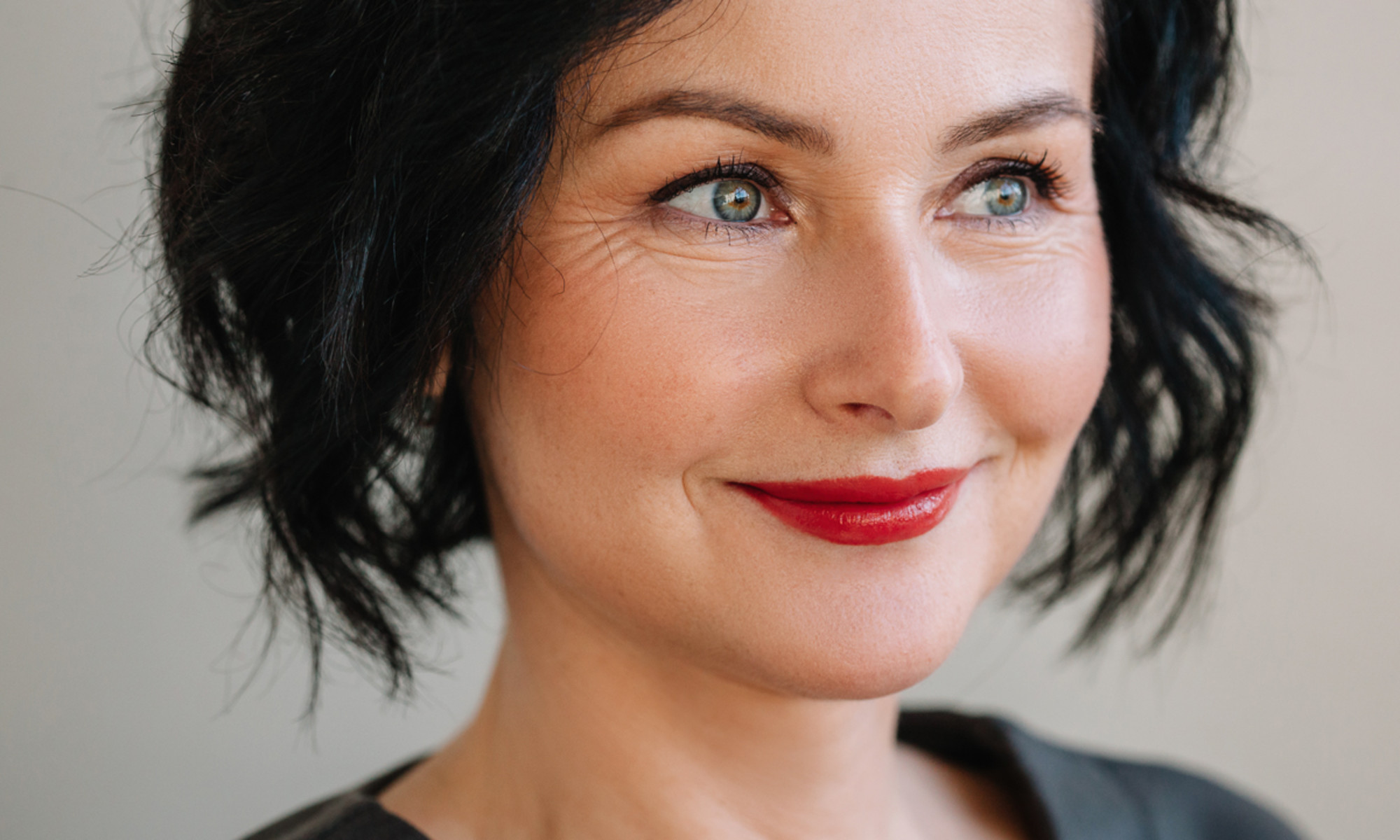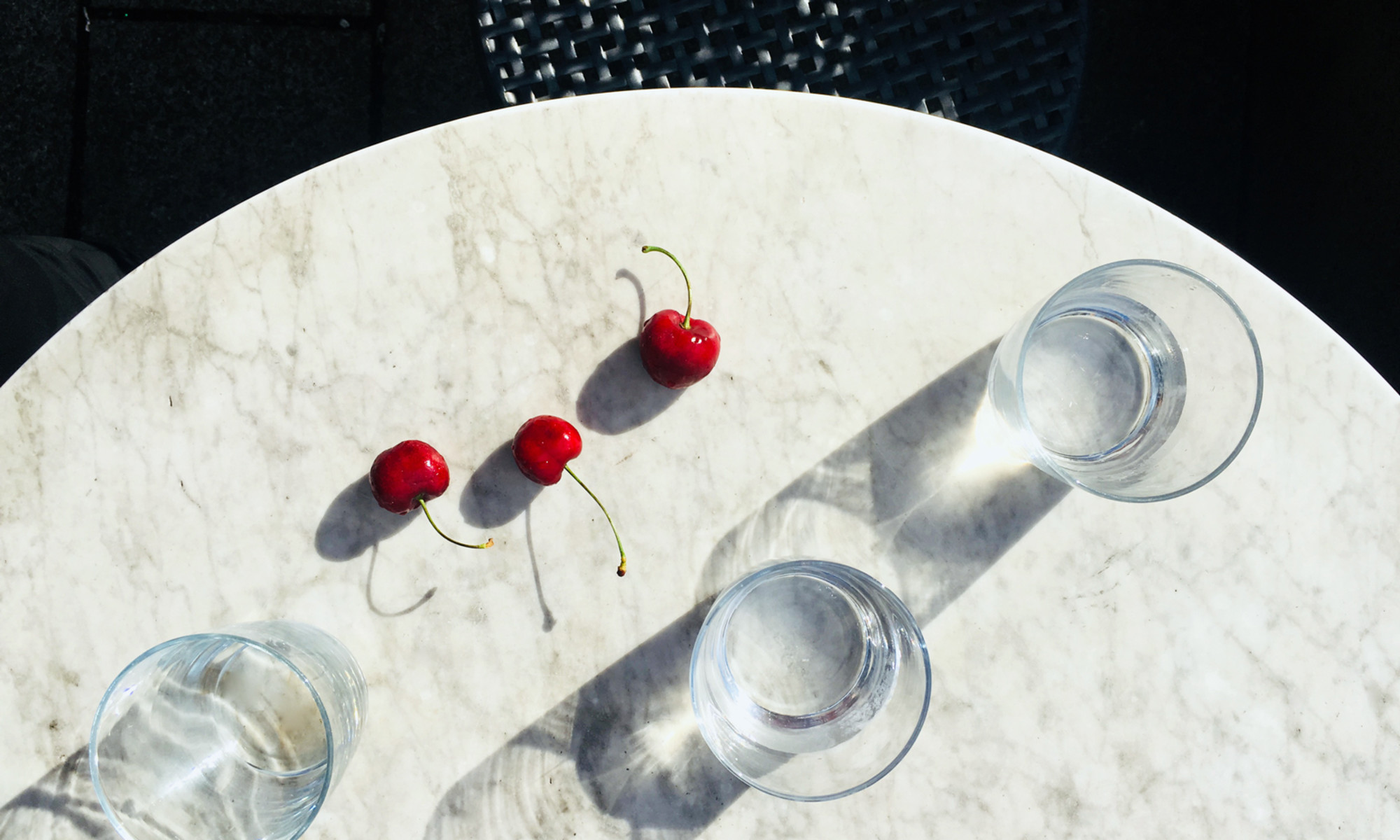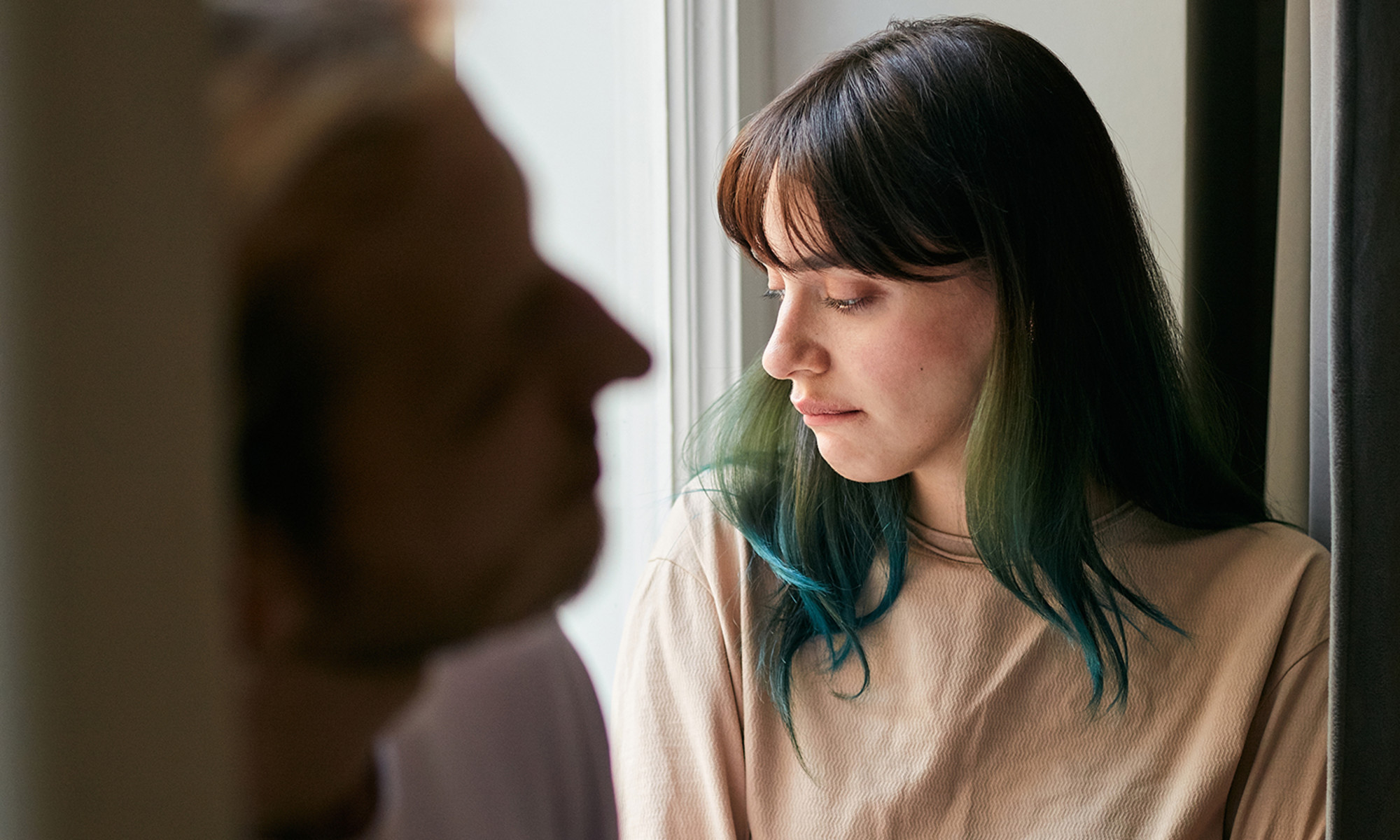Practice Is Enlightenment
The benefits of repetition in zazen meditation practice The post Practice Is Enlightenment appeared first on Tricycle: The Buddhist Review.
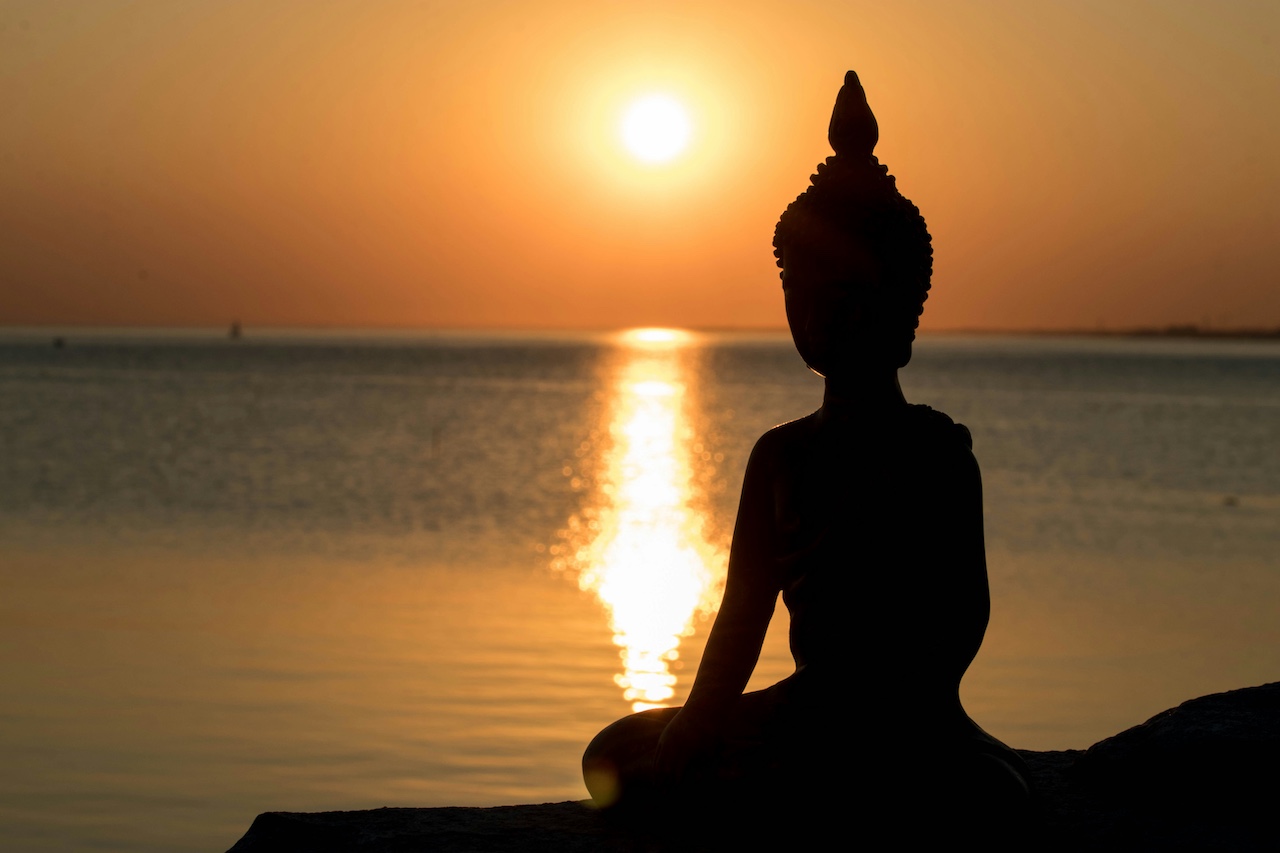
What does it mean to turn our attention to that which is reliable under all circumstances? To cultivate an awareness beyond our concepts and ideas so that we can access the sensation of well-being no matter what happens in our lives or the world. What would it mean to trust our existence is inherently worthy despite the fact we will die? We must be willing to look beyond the shiny objects that capture, fascinate, and exhaust us to something deeper and more durable. To discover this, we need reliable instructions, guidance, and practice. There are many old adages about the importance of practice in life. “Practice makes perfect,” or as they say in golf circles, “The more I practice, the luckier I get.”
Anytime we engage our body and mind, repeating a pattern over and over, we are practicing. If we devote ourselves to cooking, we practice in the kitchen with food, flavors, heat, culinary techniques, and tools. As artists, we practice with form—lines, textures, colors, patterns, and light. If we are athletes, we practice with the body, with will, strength, timing, and precision. And if we are meditators, we practice sitting still with our whole body and mind.
Simple rituals like brushing our teeth or doing the laundry are daily practices. They offer consistent opportunities for mindfully taking care of things. Ordinary tasks like these contribute to our lives’ rhythm, quality, and groundedness. In the same way, practices designed to sharpen our expertise or deepen our artistry give our existence depth and beauty. Meditation is a practice that cultivates the subtle substratum of our lives so that we experience continuity through time, equanimity with the ups and downs, and a persistent sense of well-being, even when life circumstances become difficult or uncertain.
Anything that we repeat over and over is a practice. Our practices are not always positive, nor are they necessarily conscious. We might practice anger, consistently becoming offended or mad that the world isn’t how we want it to be. We could constantly worry over our politics and not realize the habit of complaint we have formed. We may have gotten used to shopping online because, in the short term, it seems to relieve anxiety until the packages pile up on the doorstep or remain unopened in the closet, creating more angst. Some habits are even more destructive, like using drugs for fun until that drug habit is no longer a choice but an addiction.
For better or worse, by repeating something again and again, we create a deep, habitual groove in the body-mind, and momentum builds from the repetition. We practice many different things, whether or not the practices are good for us. So, we have to learn to make conscious choices about what we are going to practice, why it is important, and how best to cultivate the particular discipline. Over time, we benefit from our intention, the practice, and its fruition.
Zazen is called the authentic gate to Zen practice. Zazen is simply seated meditation. In our tradition, posture is key because a strong, stable, and relaxed posture supports a clarified, open mind. We sit cross-legged with a firm seat, elevated spine, relaxed shoulders and jaw, a soft face and gaze. The heart center is open, and the hands form a circle in our lap, thumbs touching. This gesture is called the cosmic mudra, representing wholeness and continuity. The posture is balanced and elegant, and one can feel the dependability of the form by simply looking at it. It is best described by the word dignified because to sustain this posture, we must be centered.
As in all sitting meditation, attention to the breath is essential. The breath is lighter than the body but denser than the mind. Focusing on the breath in the here and now harmonizes body and mind. It can be used as the focus for mindfulness, to develop concentration, or to relax the body and settle the mind at the outset of the meditation practice. Focus on the breath immediately calms the body and reminds us to lighten up.
In time, the practice transformed my relationship with myself and the world. I became lighter, less self-concerned, and more acutely aware that I was sometimes free of self-identity entirely.
The breath provides a fundamental reference point for the mind because it is always present until the moment of death. When the mind is agitated or chaotic, we can focus lightly on the inhalation and exhalation at the tip of the nose, experiencing the coolness of the breath on the inhale and the warmth of the breath on the exhale. As Lama Surya Das reminds us, “With every breath, the old moment is lost, and a new moment arrives.” With our attention on breathing, he says we live in harmony with the rhythm of the universe, letting go of the person we used to be.
When the body and breath are harmonized, we focus on the mind. Initially, the mind is considered to be the activity of cognition: thoughts, images, memories, and internal dialogue flowing through our awareness, like the experience of scrolling through a smartphone. This flow of activity lacks continuity or logic, yet we are compelled to pay attention as though meaning and value are somewhere in there if only we keep the scroll going.
But we discover quite quickly how incoherent our mind stream is. Mental content is often fragmented and speedy, and our thinking is oppositional: yes, then no; good, then bad; for, then against. The speed of mind and the seesawing of thought create tension in our nervous system and stress hormones in the body. So, when we sit down to be still, the body may have come to rest, but the mind is not quiet. This agitation initially makes sitting practice difficult because it can be unpleasant. The body may also feel uncomfortable, with neck and shoulders sore from carrying tension or knees that are inflexible and hurting.
But in time and with practice, we adapt. We become accustomed to gently establishing the posture, and the body becomes relaxed and stronger. We learn to breathe naturally, rhythmically, with our whole body allowing the mind to settle easily. We cease trying to control our thoughts and emotions but allow them to come and go in the open space of mind, and we come to see how the Mind, with a capital M, is far greater than our thoughts, feelings, memories, and self-identity.
As soon as I started sitting regularly, I noticed a subtle improvement in my mood and my outlook. I began to feel the well-being of letting go of identification with the barrage of thoughts and feelings, connecting more fully to the present moment with all of my senses. I learned to allow whatever arose during sitting—thoughts, feelings, or sensations in the body—to have its place. I also found I could include pain rather than running from it. Eventually, I learned to surrender the focus on the objects of meditation, such as body sensations and mental activity, and developed a taste for identification with awareness. Awareness is analogized to the sky; in that wide open space, there is room for all experiences to arise. They come and go like a thunderstorm moves over the mountain in the summertime and then clears out, revealing an utterly boundless sky.
In time, the practice transformed my relationship with myself and the world. I became lighter, less self-concerned, and more acutely aware that I was sometimes free of self-identity entirely. Paradoxically, I became much more at home in my own skin. I also recognized the world as what it is and that it isn’t designed to please or accommodate my preferences. But I can make a positive contribution to it, cultivating care and compassionate activity in response to its many challenges. As I continued to sit and study Buddhadharma, the practice imprinted itself as a permanent, invaluable feature of my life.
♦
From Waking Up and Growing Up: Spiritual Cross-Training for an Evolving World by Diane Musho Hamilton and Gabriel Kaigen Wilson. © 2025 by Diane Hamilton and Gabriel Wilson. Reprinted in arrangement with Shambhala Publications, Inc. Boulder, CO

 AbJimroe
AbJimroe 